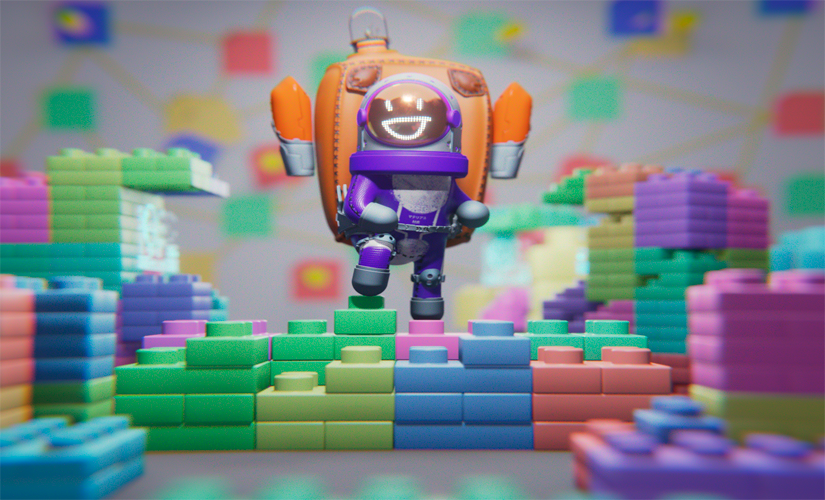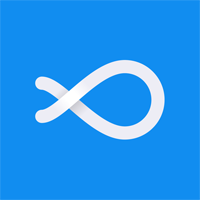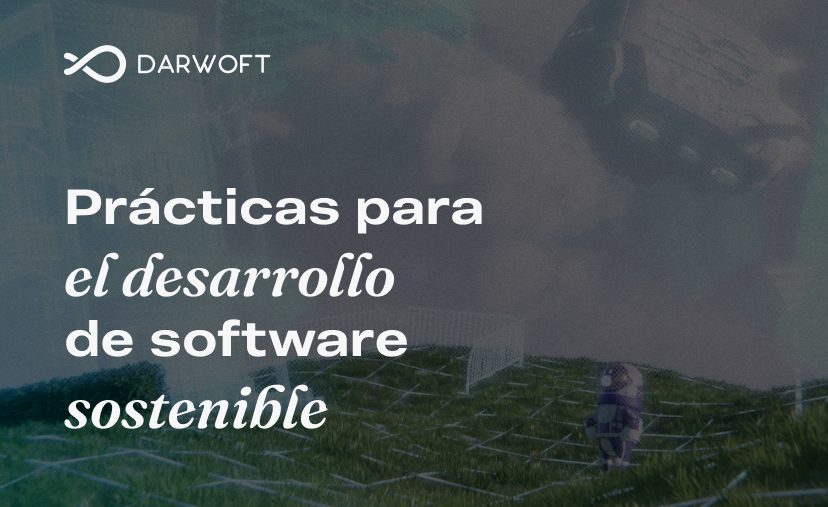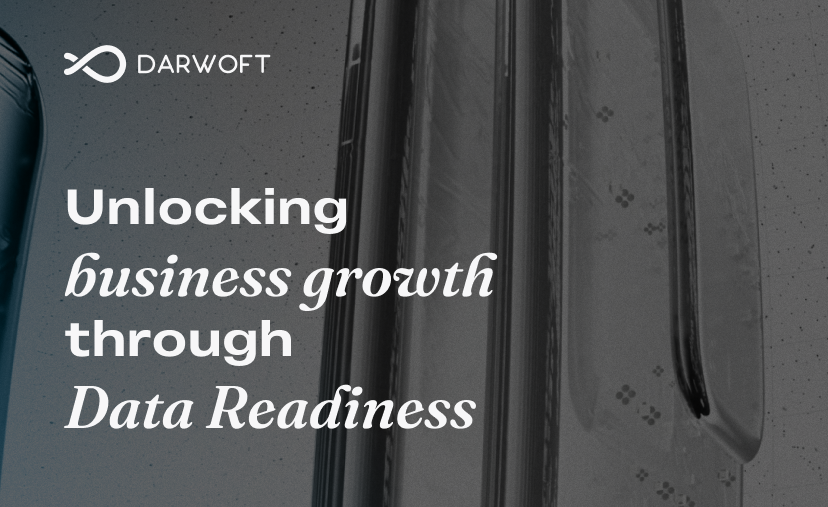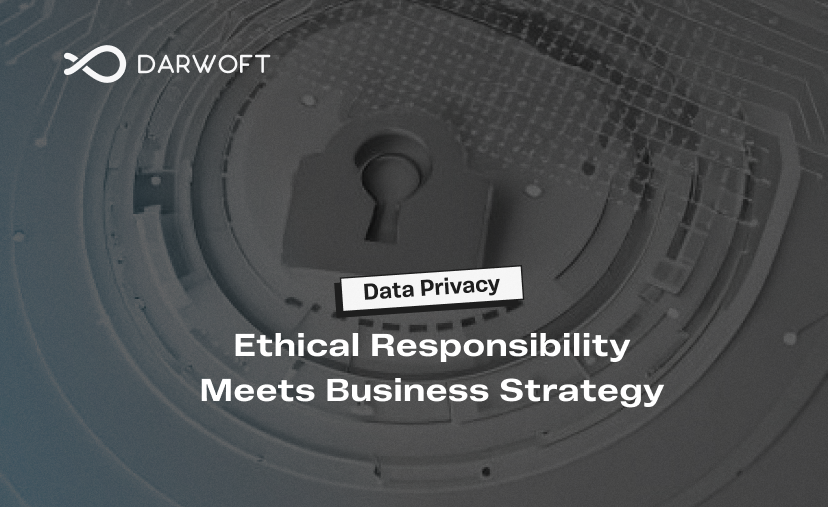At Darwoft, user experience design is the first step in our proven five-month development process. Our preeminent approach to UX allows us to design and deliver a high-fidelity prototype that communicates and demonstrates our client’s vision. This prototype is an essential tool that our clients use to gain investment from stakeholders during the design process. It allows for stakeholders to have an emotional experience with the idea and is used to gain further buy-in. Additionally, the Darwoft crew is able to test this prototype on actual end users and to clearly communicate the client’s vision to our internal developers.
What is the goal of the UX process?
The goal at this stage of the development process is to create a high-fidelity prototype of the product that helps our client communicate their vision to different stakeholders. Buy-in from investors, management and leadership is critical at this point for our client, and a high-fidelity prototype provides a 360 degree vision of their idea that more effectively encourages buy-in. This prototype is also used to test the idea with real end users, and it becomes the reference point for our development team to ensure that the entire Darwoft crew has the same understanding about what we need to build.
What is user experience design? (What is UX design?)
User experience design is a design process with the sole objective of creating a system that offers a great experience to its users. A good UX design process helps a software team to become crystal clear about what users should see, hear and feel when they interact with the software. Every aspect of the experience should be thought through and designed intentionally with the end user in mind.
What is the final outcome of this process?
By the end of this process, the team will have defined user personas representing the various end users and user flows showing the customer journey when interacting with the application. This will all be demonstrated in the final deliverable of this stage: the high-fidelity prototype of the product.
What are the stages of this process?
We break down our user experience design process into three stages:
Stage 1: Product Strategy ⇾ Outcome: Complete initial project research
Stage 2: Product Definition ⇾ Outcome: Create a low-fidelity version of the product
Stage 3: Product Design ⇾ Outcome: Create a high-fidelity version of the product
What happens at the end of each stage?
After each stage is complete, our team presents a product demonstration to our client to gain feedback before moving onto the next stage. This iterative approach allows us to make adjustments and maintain a united vision along the way.
Let’s dive into each stage of the process.
1. Product Strategy
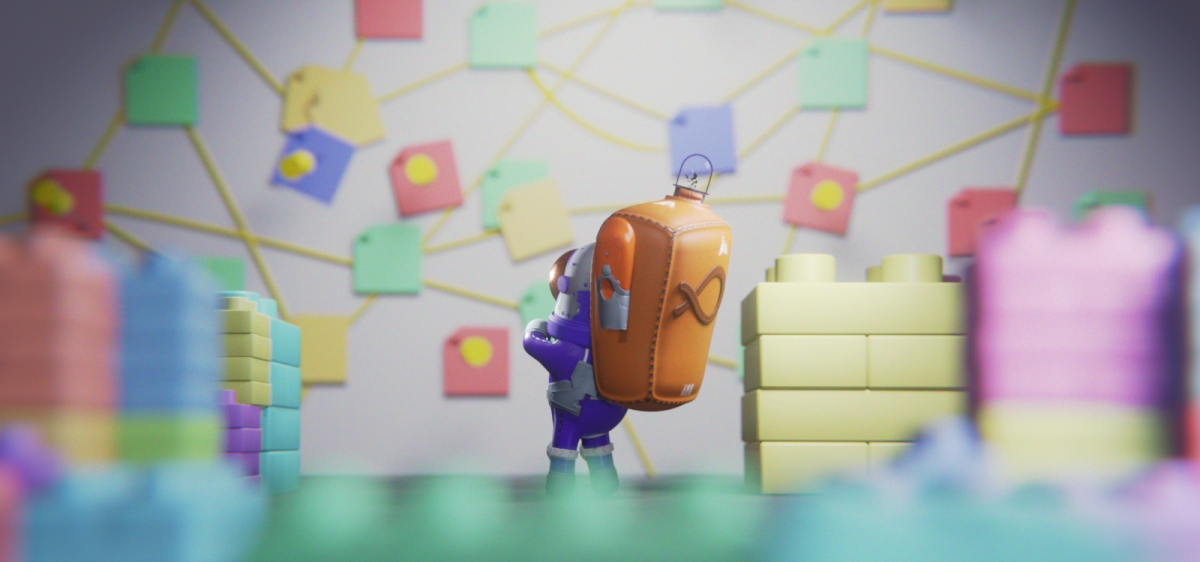
Every component of the user experience needs to be strategic and intentional, so our UX process begins with defining our Product Strategy. This step includes our initial research about our client’s business, the product and the end user. At the end of this phase, the initial project research has been completed, and our crew now has an in-depth understanding of the problem we’re trying to solve as well as some ideas of possible solutions. Product Strategy begins with our signature Discovery Session Day kick-off meeting.
Discovery Session Day
This is a fun and exciting day of interactive sessions with the full team. Both Darwoft and our client bring specialists from different departments to this meeting. Our client’s team members include the company owner or head of the project, a customer specialist and a marketing specialist. Darwoft’s team includes the Product Manager, the UX design team and the technology lead for the project. The main goal of this day is for the entire team to fully understand the product that we are about to develop and the user experience we want to create.
We use a program called FigJam, a collaborative dashboard application, to conduct this meeting. All attendees can view and interact with the dashboard and use digital post-its to contribute their ideas to the discussion.
The day is broken out into two to four 2-hour group sessions, starting with an Ice Breaker. Each attendee fills out a digital card with their name, position and a short description of their role. Attendees also select from a variety of “coins” that contain emotional graphics to indicate their level of enthusiasm for the project.
Once the Ice Breaker is complete, we’re ready to dive into our first session.
1st Session: Problem Statement
In order to create a useful solution, we need to understand the specific problem we are trying to solve for the user. To accomplish this, our first task of the day is to come up with a problem statement. This statement provides parameters and focus for the project at hand. Six questions are posed to the group:
🔹Who has the problem?
🔹What is the problem?
🔹Where did the problem happen?
🔹When did the problem happen?
🔹Why did the problem happen?
🔹How did the problem happen?
Attendees write down their answers individually using their digital post-its. Once all answers are submitted to the dashboard, a group discussion follows. By the end of the discussion, the team has come up with one collaborative problem statement that more or less defines the main problem at hand. This statement serves as a guide for the rest of the day’s activities and will be revisited several times during the UX design process.
2nd Session: Possible Solutions
The main goal of this session is to zero in on the end user’s primary frustrations around the problem and to start to come up with possible solutions and ideal user experience. We start this session by revisiting the problem statement to help us define what we are trying to do.
This session includes three different activities.
Activity 1: Frustrations
We start by getting very clear about the user’s primary frustrations surrounding the problem. Our mix of specialists in the room contribute ideas from their various perspectives, and we discuss these frustrations as a group. Attendees then vote on the submissions, and the frustration with the most votes is used in the next exercise.
Activity 2: How Might We?
This exercise is used to get to the heart of exactly what problem we are trying to solve. Each team member starts with the prompt, “How might we” and fills in the rest of the question based on the frustration and the problem statement. For example, if the last exercise identified the main frustration as “The coffee tastes bad,” a question here might be “How might we make better tasting coffee?” Attendees submit their questions and another vote takes place.
Activity 3: Find a Solution
Once we get clear on the exact problem we are solving, the next step is to get clear on our solution. This starts with brainstorming many possible solutions as a group. The team is given a new prompt, “We could,” and attendees use this prompt to submit solution ideas. All ideas are welcome at this point. Submissions are discussed and a third round of voting takes place.
At the end of these three exercises, we revisit the problem statement. Is it aligned with our top frustration and How Might We question? If not, we make adjustments until all elements are in alignment.
The end of this session concludes Discovery Session Day, and the Darwoft team is now ready to dive deep into their research.
Research & Interviews
Our research process is highly customized to each specific project. In general, the Darwoft team will complete two important research steps:
- Desktop Research: Research the client’s primary competitors as well as similar products to the one we are developing.
- Interviews with End Users: Based on the research findings, our team creates a script and prepares questions for interviews with end users. Our client connects us with a sample of end users, and our team conducts a 30-60 minute interview with each individual. This is a very important and enlightening step of the process.
Demo #1: The team is now ready to present a first demo to the client. Feedback is collected, adjustments are made, and it’s on to stage two.
2. Product Definition
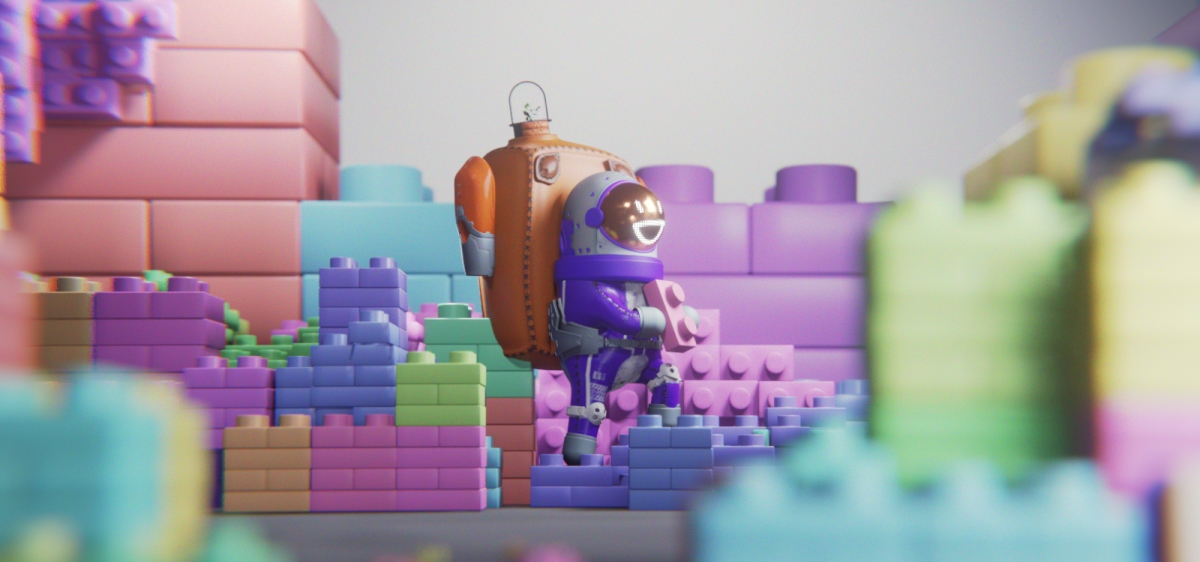
The primary purpose of Product Definition is to get specific about what makes our product unique. What is our exact solution and how is our solution different from any other solution out in the market? During this phase, the team gets more specific about the product’s functionalities and how the user experiences the product. The Darwoft team goes about this in three steps.
Step 1: Define End User Personas
The goal of this step is to come up with a highly-specific definition of our target user. This definition encompases a firm understanding of what our unique customers value. Their values will inform how we solve their individual problems. In this step, the team creates personas representing the various users who are going to use the application. User personas help the team determine the priority features of the application as well as the subset of people who should test the idea. The team creates two or more personas, with at least one persona being a very experienced user and one being a new user. The final product needs to work for both types of user, so these personas act as a test for us throughout the development process.
Step 2: Define Key Features
In this step, our team determines exactly which product features will provide the most value to the end user. To make this determination, we need to know which features will add the most value to the end customer. Our final list of features should include only those that will make our application unique. We use a technique called MoSCoW to evaluate each potential feature. Our team starts with a list of all possible functionalities, and we organize them into four categories: Must Have (main functionalities necessary to make the product work); Should Have (cool functionalities detected in the research but not necessary to the product; Nice to Have (highly unnecessary functionalities, though they would add value to the product); and Won’t Have (removed from the plan). The result is a strategic and prioritized list of product features.
Step 3: Define UX Within the Product
The purpose of this step is to answer the key question, “What is going to be a user’s experience while in the application?” To answer this question, the team creates a customer journey map for each of the user personas identified earlier in the UX process. A customer journey map is a visual representation of the user flow and user experience within the product. Much like a high-fidelity prototype, the visual nature of a customer journey map helps to effectively communicate an idea to a team of people and ensure that all team members have the same understanding. Customer journey maps are highly specific, with a new objective associated with each section of the journey and with each touchpoint being associated with a user’s pain point. Emotion icons are used to represent how the user feels throughout the journey. This step often results in new solution ideas, which are categorized and added back to the MoSCoW chart.
Wireframes & Mood Board
For some projects at this stage, the team will put together wireframes, which are low-fi versions of the product’s design, as well as a mood board, which communicates our visual concepts for the final look and feel of the product. This can be a valuable step in the UX design process, as it provides another opportunity to collect client feedback which will inform the next stage of the process.
Demo #2: At the end of Product Definition, we have our first low-fidelity version of the product. This version demonstrates the values that make this product unique, defines the target customer, and communicates how the user navigates through the product. In this low definition version, the user can start to visualize what the experience will be in the end product.
3. Product Design
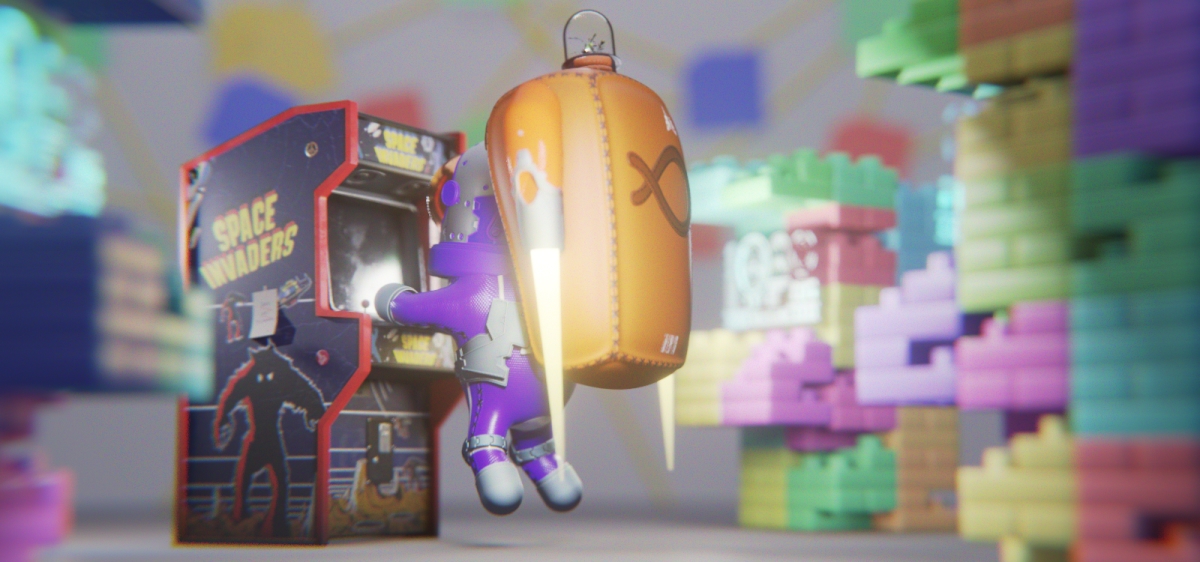
The final stage of the UX design process is very exciting, as it culminates with a presentation of a hi-fidelity version of the product, which is the main objective of the UX process.
The team begins by creating a kanban to help manage workflow and communicate what the designers will be designing. We make a point to include our client’s notes and feedback that we have collected along the way to make sure that everything gets taken into account during this process. Also included in the kanban are notes for the developers to use in the next stage.
The designers take into account all of the research, feedback, definitions, and decisions that have been collected up to this point to create the first hi-fidelity version of the product. This high-fidelity prototype is the first highly functional and interactive demonstration of the client’s idea. It is used to test the usability of the product and to identify issues within the workflow. A high-fidelity prototype takes us as close as possible to a true representation of the final user interface before the product goes into development. This prototype allows the user to feel like they are holding the final product in their hands. It becomes the tool that our clients use to evangelize key stakeholders and solidify emotional and financial investment in their idea.
Demo #3: At the culmination of our collaborative and iterative UX design process, our team presents the high-fidelity prototype of the new product to our client. The client will use this tool to communicate their idea to investors and other key stakeholders. The Darwoft team will use this tool to communicate to our developers exactly what product they need to build. Because this prototype is highly interactive and immersive, it helps to create an emotional experience for the user, which is a critically important step in gaining emotional investment from all stakeholders and creators. When interacting with this high-fidelity prototype, our developers should think “I know how to build this.” The high-fidelity presentation really brings the product to life and always re-energizes the entire team before the next phase of the development process. At the end of the presentation, client feedback is collected, and the Darwoft team spends the next week making improvements based on this feedback.
Onto the Developers!
Once we have an approved version of the hi-fidelity prototype, the project moves onto the development team to make their magic.
